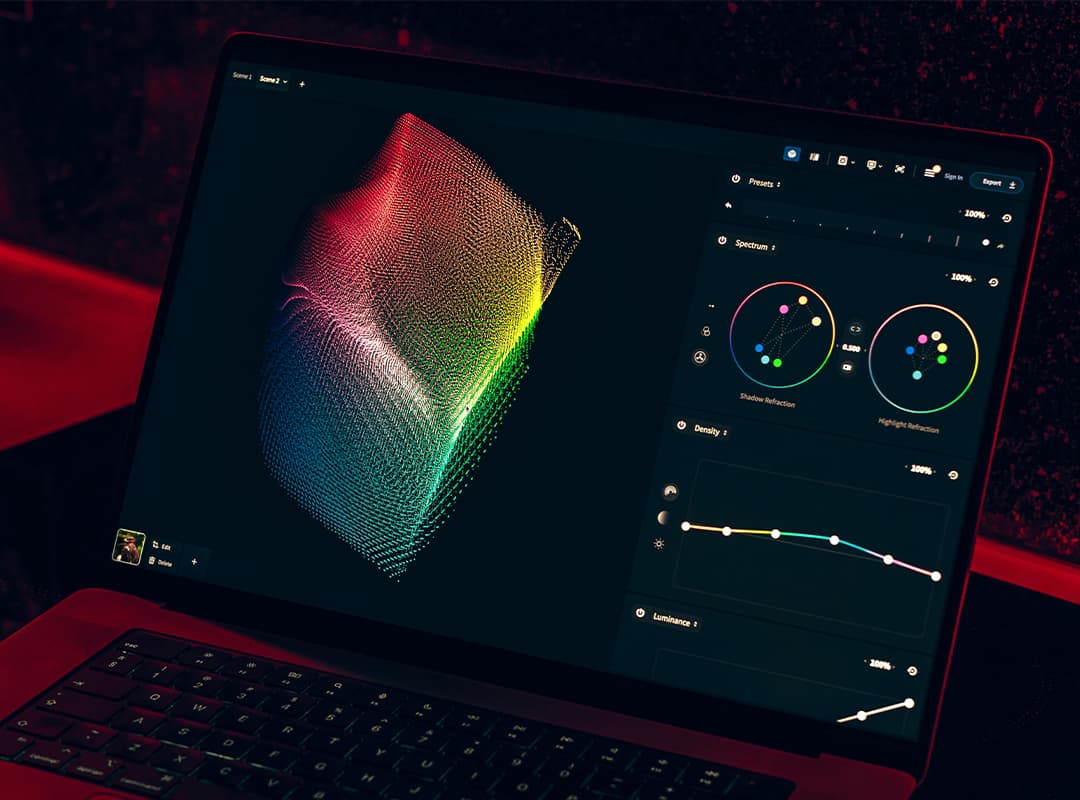Video encoding is a critical process in the realm of digital media, impacting everything from streaming services to video conferencing and content creation. As technology evolves, so do the methods and standards for encoding video. This article explores the current trends shaping the future of video encoding, highlighting innovations that improve efficiency, quality, and accessibility.
1. Increased Adoption of HEVC and AV1
One of the most significant trends in video encoding is the growing adoption of advanced codecs like High Efficiency Video Coding (HEVC) and AV1 (AOMedia Video 1). These codecs offer superior compression rates compared to older standards such as H.264.
- HEVC: Also known as H.265, HEVC provides around 50% better data compression than its predecessor. This allows for high-quality 4K and 8K video streaming without a corresponding increase in bandwidth usage, making it an attractive choice for platforms like Netflix and YouTube.
- AV1: Developed by the Alliance for Open Media, AV1 is an open-source codec designed for internet video streaming. It offers even better compression than HEVC, making it ideal for low-bandwidth scenarios. With increasing support from major browsers and streaming services, AV1 is poised to become a dominant codec in the near future.
2. Real-Time Video Encoding
As demand for live streaming continues to rise—driven by events like esports tournaments, virtual conferences, and social media broadcasts—real-time video encoding has become increasingly important.
- Low Latency Encoding: Technologies that allow for low-latency encoding are essential for live events, where delays can detract from the viewer experience. Solutions like WebRTC (Web Real-Time Communication) enable real-time video streaming with minimal delay, improving interaction in applications like video conferencing and live broadcasting.
3. AI and Machine Learning in Encoding
Artificial intelligence (AI) and machine learning (ML) are making significant inroads into video encoding processes. These technologies help optimize encoding settings, automate workflows, and enhance video quality.
- Content-Aware Encoding: AI algorithms can analyze video content and determine the best encoding settings for each scene, allocating more bits to high-action sequences while compressing static scenes more aggressively. This approach can lead to improved quality and reduced file sizes.
- Upscaling and Enhancements: AI-based tools can upscale lower-resolution videos to higher resolutions, enhance color grading, and improve overall quality without significant manual intervention.
4. Cloud-Based Encoding Solutions
The rise of cloud computing has transformed the way video encoding is approached.
- Scalability: Cloud-based encoding solutions allow businesses to scale their encoding needs according to demand. This is particularly beneficial for content providers and broadcasters who experience fluctuations in workload.
- Cost Efficiency: Utilizing cloud resources eliminates the need for costly hardware investments and maintenance. Organizations can pay for the encoding power they use, making it a flexible solution for many.
5. Enhanced Support for 8K and Virtual Reality (VR)
As consumer displays evolve and new formats gain traction, video encoding trends are adapting to support higher resolutions and immersive experiences.
- 8K Encoding: With the emergence of 8K televisions, there’s an increased need for encoding standards that can handle the higher data rates associated with ultra-high-definition (UHD) content.
- VR and 360-Degree Video: Encoding for VR and 360-degree videos presents unique challenges, including maintaining quality while handling the higher demands of immersive experiences. New encoding techniques and formats are being developed to optimize these types of media.
6. Sustainability in Video Encoding
As environmental concerns grow, the video industry is also focusing on sustainable practices.
- Energy-Efficient Encoding: More efficient codecs and encoding methods not only improve performance but also reduce the energy consumption associated with streaming and processing video. This trend is becoming increasingly important for content providers aiming to minimize their carbon footprint.
- Green Streaming Initiatives: Companies are exploring ways to implement greener technologies in their streaming infrastructures, ensuring that the energy used for video delivery is sourced from renewable resources.
The landscape of video encoding is continuously evolving, driven by advancements in technology and changing consumer demands. From the adoption of more efficient codecs like HEVC and AV1 to the integration of AI and cloud solutions, the future of video encoding promises greater efficiency, enhanced quality, and improved user experiences. As these trends continue to develop, they will shape how we create, distribute, and consume video content across the globe. Whether you are a content creator, a software developer, or an end-user, staying informed about these trends will be crucial for navigating the ever-changing video landscape.


